Mandalay Bay room 32135 will never see another guest. Here’s what has happened to other mass shooting sites
- Share via
What should be done with the sites of mass shootings?
For some grieving families, tearing down a building and replacing it with a memorial feels right. In other cases, people prefer no special marker.
MGM Resorts announced Friday that it does not plan to rent out room No. 32135 at Mandalay Bay Resort and Casino, the perch from which Stephen Paddock shot and killed 58 people and injured more than 500. The company did not say what it plans to do with the suite.
Here is what’s been done with other sites:
Pulse nightclub, Orlando, Fla.
In May, the owner of the nightclub, which was known as a safe space for the city’s LGBTQ community until Omar Mateen killed 49 people there June 12, 2016, announced plans to turn the shuttered club into a memorial.
The owner, Barbara Poma, said she plans to open a new Pulse in a different location.
Poma hopes the memorial, which will include a museum, will be a space where survivors can grieve and people can honor the dead.
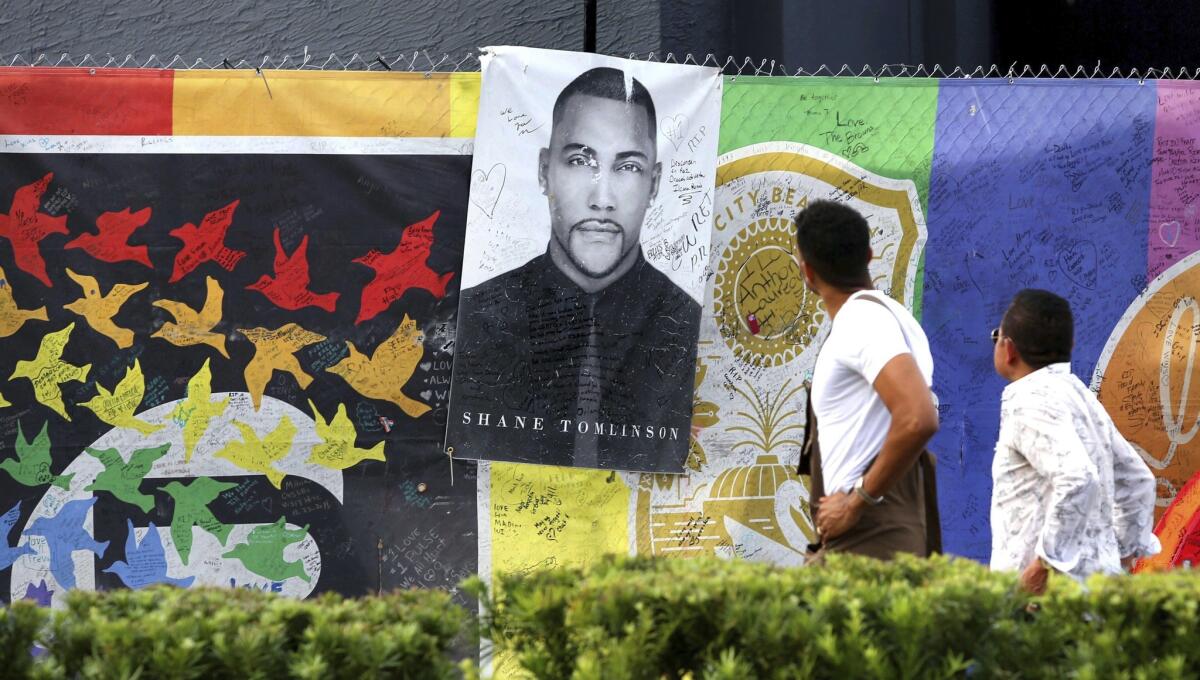
McDonald’s, San Ysidro, Calif.
Two months after Oliver Huberty killed 21 people and injured 15 on July 18, 1984, the fast-food corporation bulldozed the restaurant.
The company then donated the site to San Diego, so city officials could decide what to do with the land.
Today, a memorial to honor the victims of the massacre stands in its place. On the anniversary of the shooting, victims’ friends and families adorn the site with flowers.
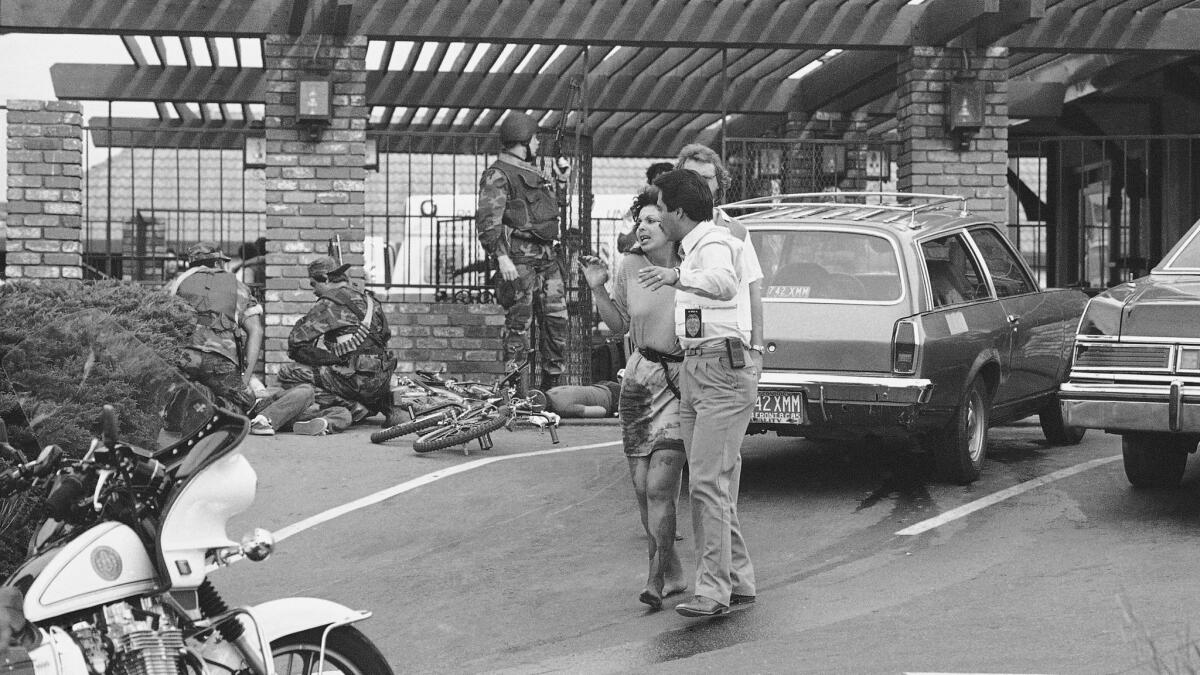
Virginia Tech , Blacksburg, Va.
It took university administrators years to determine what to do with all the buildings and rooms where Seung Hui Cho killed 27 students and five faculty members on April 16, 2007.
The building where most of the deaths occurred — Norris Hall — underwent $800,000 in renovation and was reopened in 2009, the second anniversary of the massacre. Faculty, worried about further traumatizing students, decided not to use that space as classrooms. The area is now a study space with no visible indication of its history.
West Ambler Johnston Hall, the dorm where the first two students were killed, was renovated, renamed “residential college” and reopened in the fall of 2012.
School officials established a memorial for the victims elsewhere on campus.
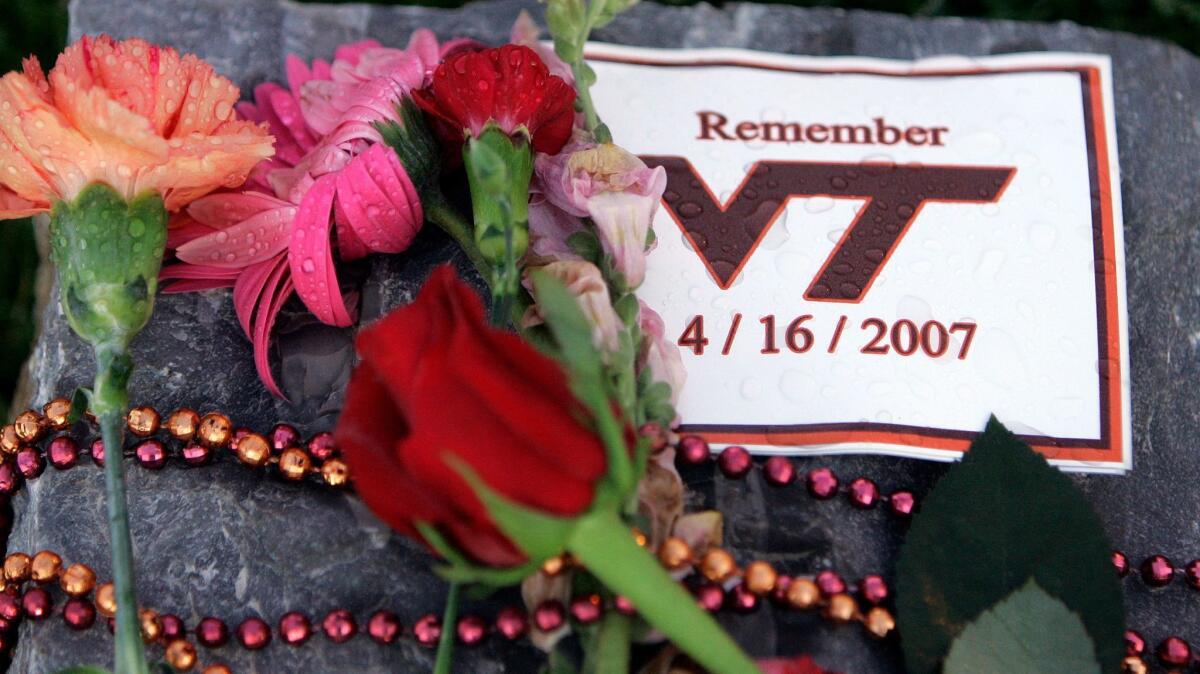
Sandy Hook Elementary School , Newtown, Conn.
In 2013, school officials decided to demolish the building where
After much debate, officials agreed to build a new school on the same site. Students in the meantime were moved to a temporary building nearby.
In 2016, the building was finished. The new 86,000-square-foot school cost $50 million and can accommodate 400 students in preschool through fourth grade.
To ensure a calm, safe and welcoming space, its designers included impact-resistant windows and video cameras to monitor the surroundings. Green landscape and treehouses also line the building to resemble nature and a serene landscape.
Absent on the site of the new school: a memorial.
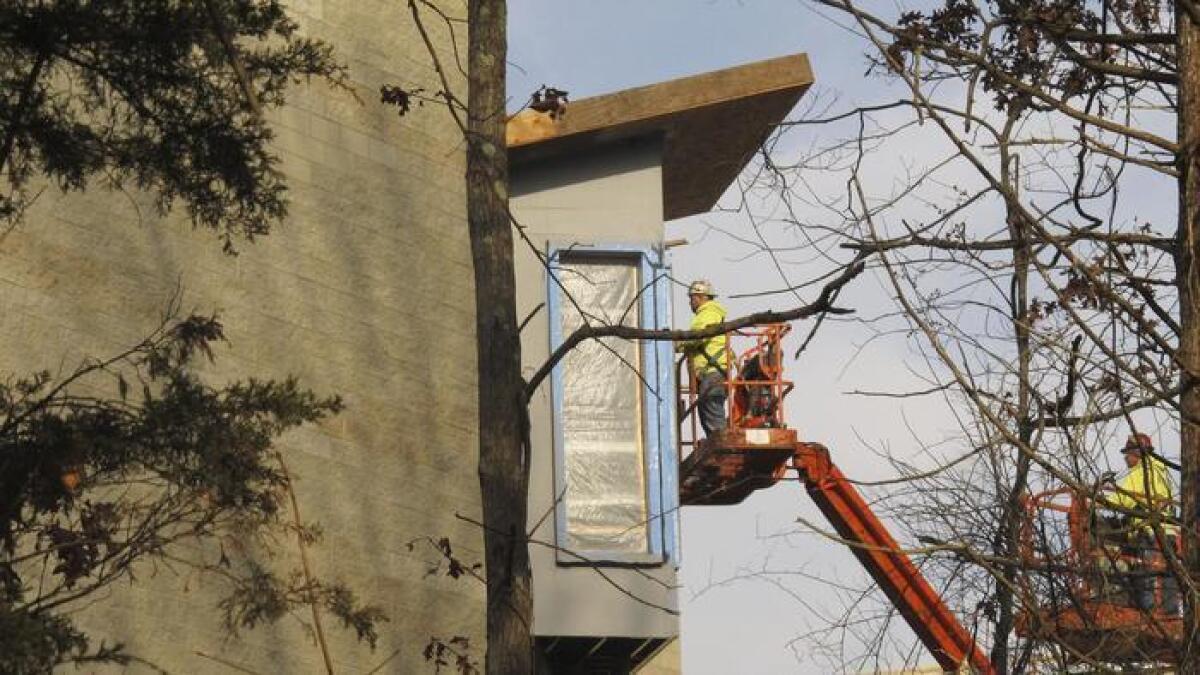
Columbine High School, Littleton, Colo.
Extensive damage was done to the school where teenage gunmen Eric Harris and Dylan Klebold killed 13 people and injured more than 20 others before taking their own lives on April 20, 1999.
Bullet holes pierced the window frame of the athletics department, blood stained the carpets on the stairs, and hallways and shrapnel penetrated the ceiling.
The school underwent a multimillion-dollar renovation the summer after the massacre. Construction workers repaired damaged walls and ceilings and replaced the hallway floors and stairs with new tiles. The science room where one teacher died was gutted and completely remodeled.
The library, where most of the killings occurred, was replaced with an atrium. The ceiling features a mural of clouds and evergreen trees that was painted by Virginia Wright-Frierson.
In 2000, a new library named HOPE Columbine Memorial Library was dedicated to the victims.
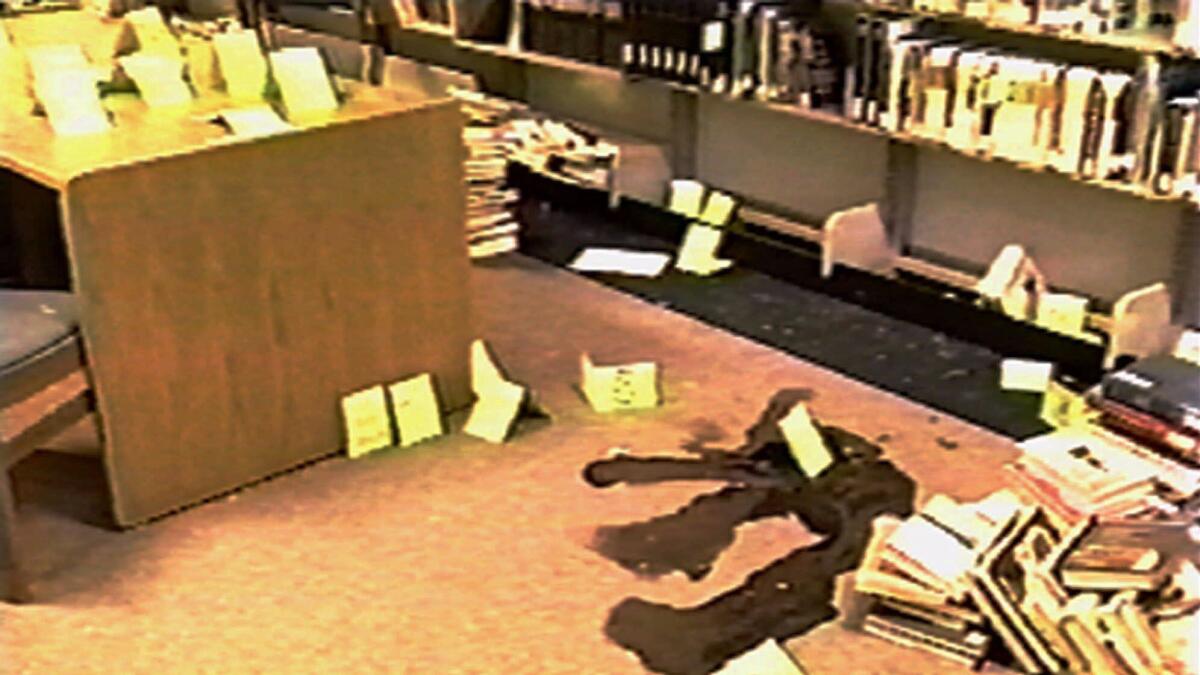
Century 16 movie theater, Aurora, Colo.
After the shooting on July 20, 2012, in which James Holmes killed 12 people and injured 58, city officials conducted an online survey and found that a majority of residents wanted the theater reopened. But the decision was controversial, as not everyone agreed.
A renovation soon began. A bigger screen was brought into Theater 9, the auditorium where the shooting took place, and the number of available seats was reduced.
The theater was also renamed Century Aurora 16. The auditoriums are now identified by letters instead of numbers.
Six months after the massacre, the theater held a ceremony for victims and their families as well as first responders.
City officials and Gov.
The theater reopened to the general public about one week later.
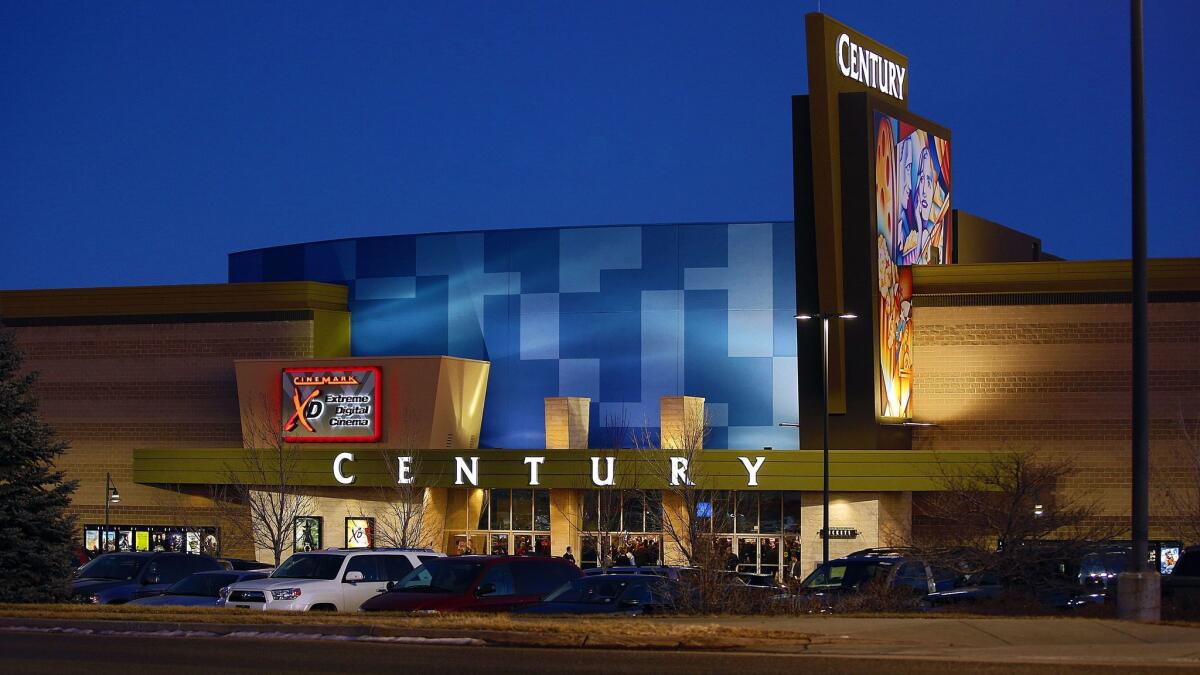
Sign up for Essential California
The most important California stories and recommendations in your inbox every morning.
You may occasionally receive promotional content from the Los Angeles Times.








